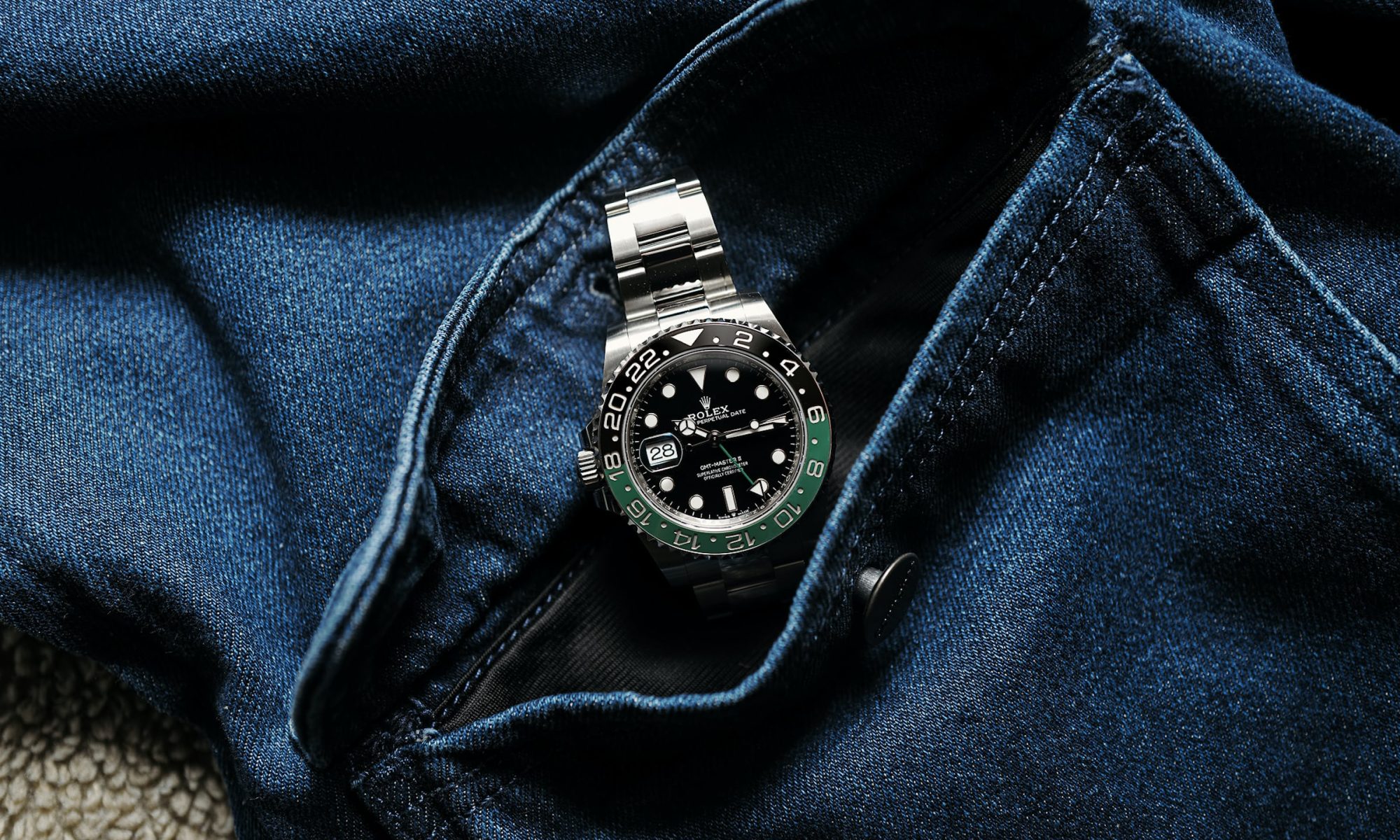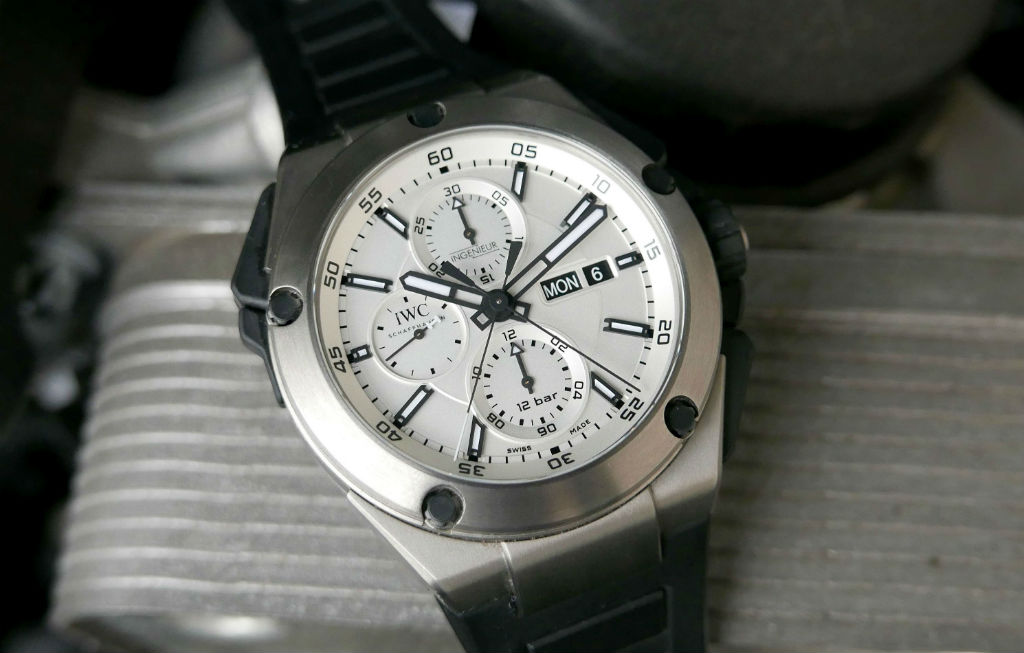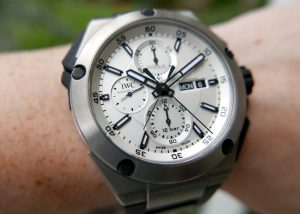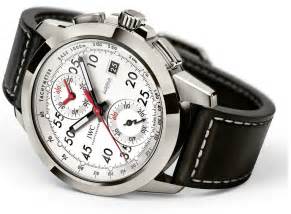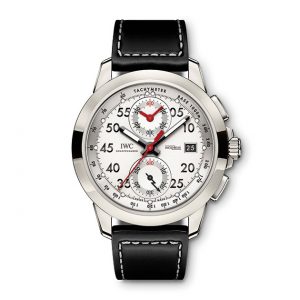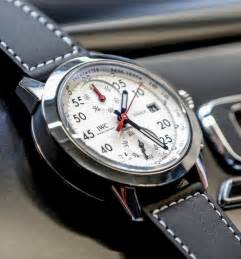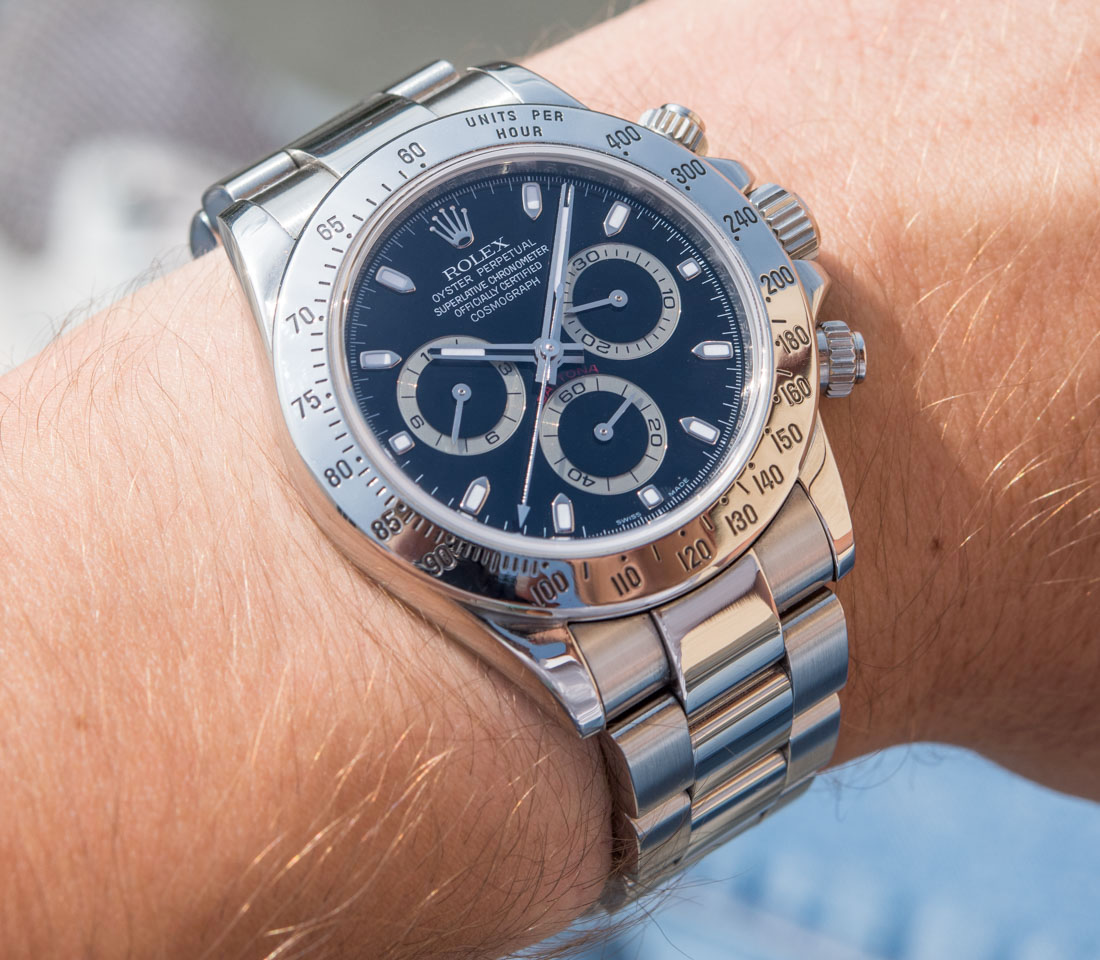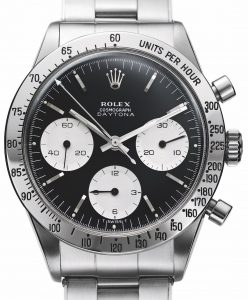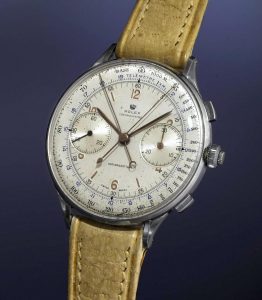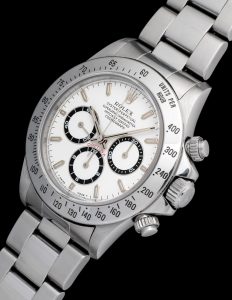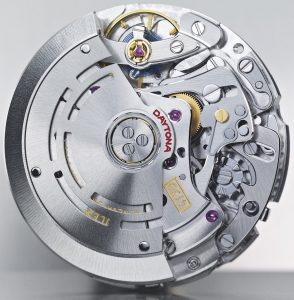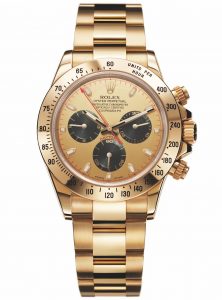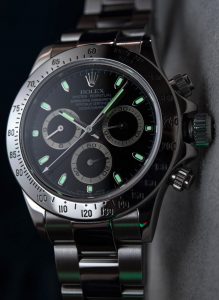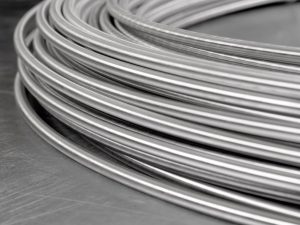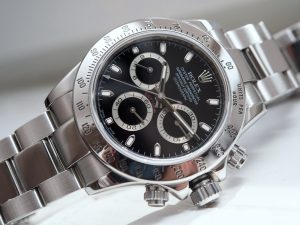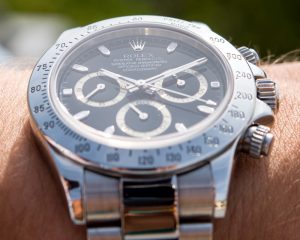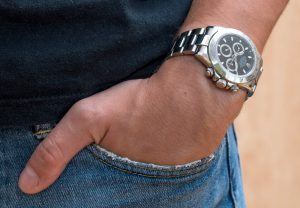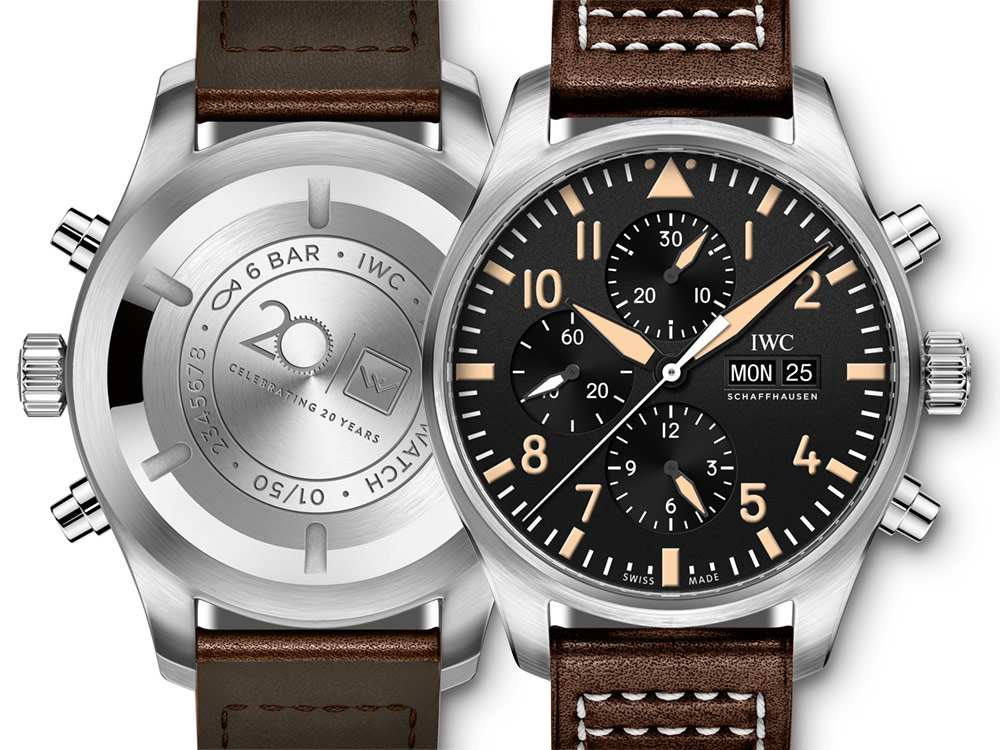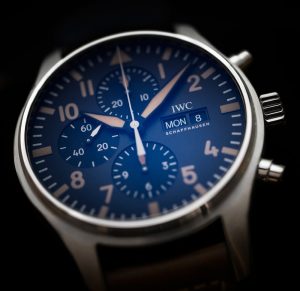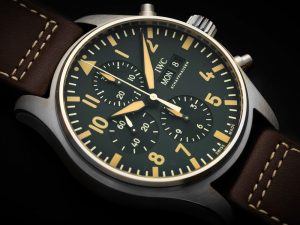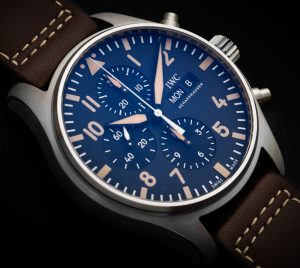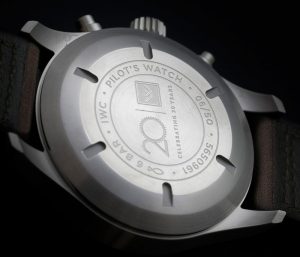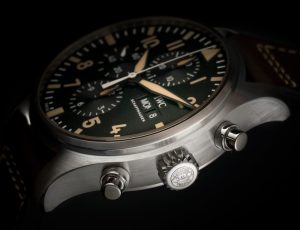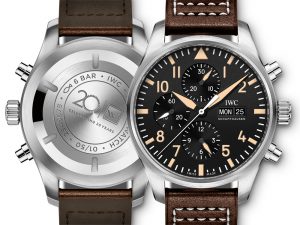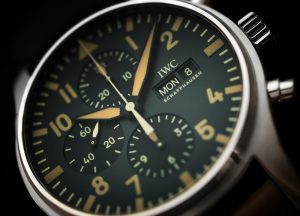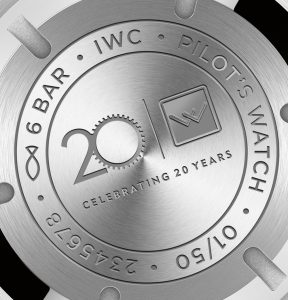It is quite amazing how one person can have such an enduring impact on an industry. It is unparalleled to be so influential that the DNA of their designs are embedded in so many different watches, from a wide array of brands. I, of course, am referring to Gerald Genta. In 1976, after having already penned the Audemars Piguet Royal Oak and Patek Philippe Nautilus, Gerald Genta re-designed the Ingenieur for IWC, dubbed the Ingenieur SL.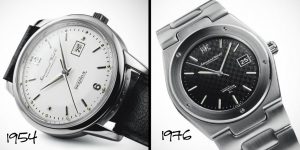
This was at the height of the “quartz crisis”, however, and the Ingenieur SL was a flop with just about 550 pieces sold.
Evolution of the Ingenieur
Over the years to come, IWC introduced various references of the Ingenieur with quartz and mecha-quartz movements until, finally, the model was again refreshed with an in-house automatic movement in 2005. The evolution continued when in 2013, to mark their partnership with Formula 1 team Mercedes AMG, IWC introduced several models with racing inspired designs and high-tech materials.
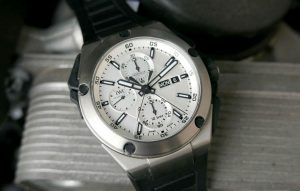
These watches ranged from a simple time-only sports watch to serious haute horology with a constant-force tourbillon. It was at this time that IWC also debuted the calendar Ingenieur Double Chronograph Titanium copy watches, reference 3865. This watch was true to the Formula 1 design ethos with a titanium case and functional bezel screws made from ceramic. However, the standout of this piece, is the double chronograph movement allowing you to time intervals with the press of a rubber-clad pusher.
Powering the Double Chronograph
The movement inside the Ingenieur Double Chronograph is a unique modification of the Valjoux 7750 that is protected by an anti-magnetic soft-iron cage. In 1992 Richard Habring invented a module that would bring the split-second chronograph complication to a much more attainable price level and integrated it to the 7750 calibre. What all this means is you get a reliable, tried and true base movement, that has been through the wringer in countless watches for over 40 years, and a high-end complication to boot. Hard to beat the horological bang-for-your-buck offered here.
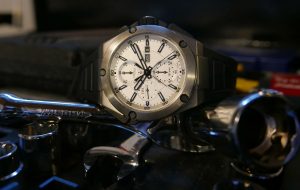
If you’re not familiar with the split-second chronograph function, here is an explanation from IWC:
Unlike a standard chronograph, the split-seconds chronograph has two hands that start simultaneously. The rattrapante or split-seconds hand, which is superimposed on the stopwatch hand, can be stopped independently using a third button at “10 o’clock”, while the stopwatch hand continues to run. This permits the user to record two separate times, precisely to the second, within any given minute. If the third button is pushed again, the split-seconds hand instantaneously catches up and is synchronized with the other hand. The process can be repeated as often as desired.
IWC’s design of the chronograph pushers is great in this execution. They are low-profile and shaped to mimic the outline of the case so they are very unobtrusive. In many rattrapante watches the pushers can be a bit gaudy.
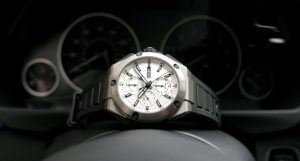
The unidirectional winding automatic rotor in the Valjoux 7750 is notorious for it’s characteristic “wobble” and loud clicks as it spins the mainspring up to 44 hours of power reserve. Some collectors find this trait endearing, while others find it quite annoying. Regardless of your point of view on that issue, IWC has somehow managed to eliminate the wobble and almost completely silence the spinning of the rotor, resulting in a smooth and unnoticeable winding operation.
Case Design
After IWC finishes their modifications, the movement is placed inside a 45mm wide, 16mm high case rated to be water resistant to 120 meters. There is no doubt that this is a large sport oriented watch but, fortunately, because of the titanium construction it doesn’t feel oversized and is actually comfortable to wear all day. If the case was steel, you’d certainly need a break at some point. The tapered rubber strap is integrated into the case at an angle that allows it to conform to your wrist with almost no pressure points. I would have preferred a deployant clasp to the tang buckle that comes on the watch but, that is certainly not a show-stopper.
Wearing the Ingenieur
In daily-wear, this really is a fun watch. The silvered three-dimensional dial is far from boring; with black applied indexes that create a stark contrast making it very easy to read the time at a glance. This is further enhanced by the sapphire crystal treated with an anti-reflective coating on both sides. In addition to the split-second function, the chronograph keeps track of time for up to 12 hours via two sub dials, and there is a quick-change day and date indication for good measure. As I alluded to earlier, the chrono pushers, screw-down crown, and crown guards are all clad in rubber, making them easy to grip and use. The luminescent hands IWC fake wacthes will totally change your life.
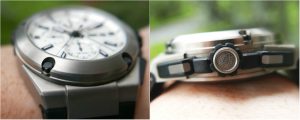
I’ve been doing hands-on reviews for a few years now but, I experienced something for the very first time with this watch: I didn’t wear any other watches while I had it. From the moment I received it, to the painful departure when I sent it back, I was obsessed with this watch. IWC has built a surefire winner with this one. A few years ago IWC had the marketing slogan, “Engineered for Men.”
